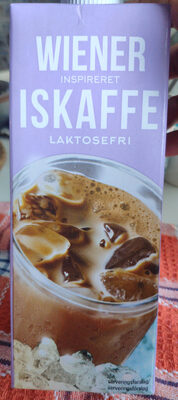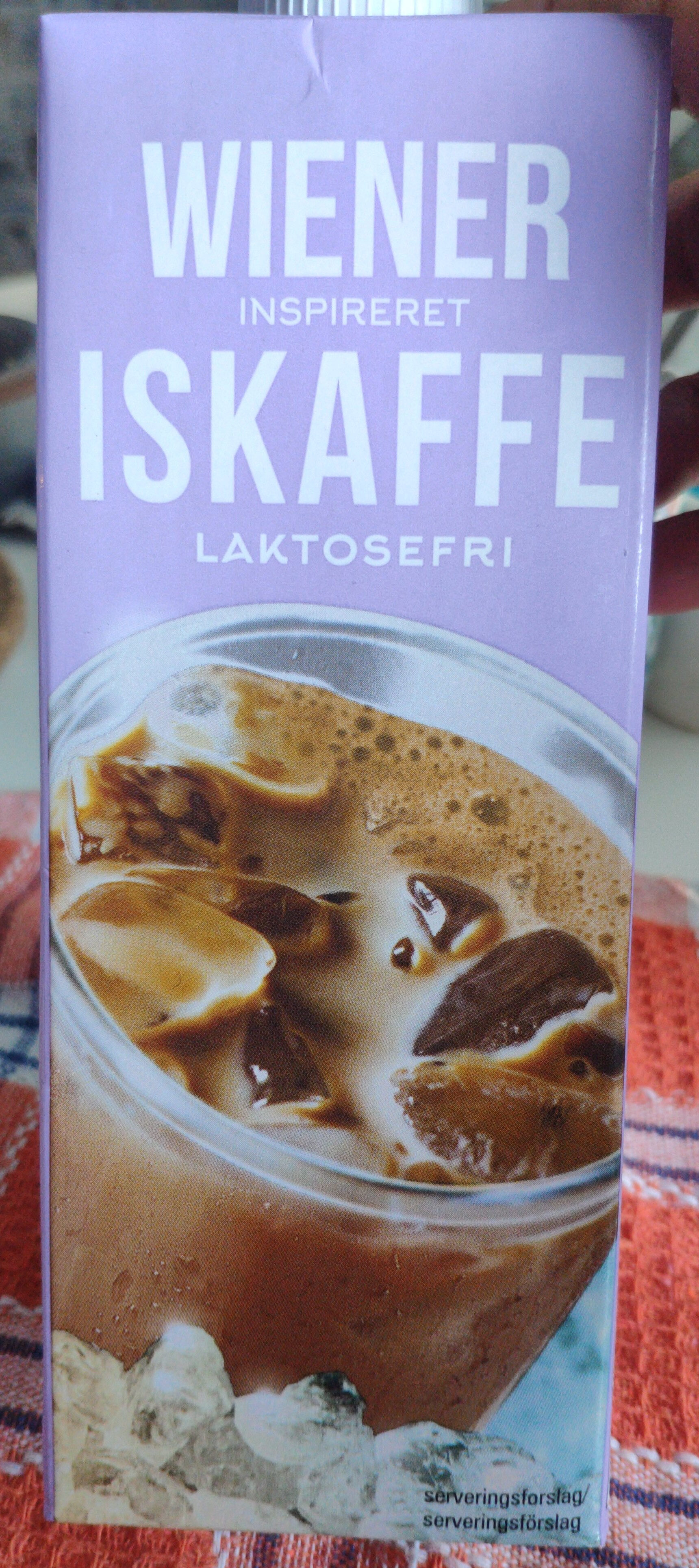Wiener iskaffe laktosfri - 1000 ml
This product page is not complete. You can help to complete it by editing it and adding more data from the photos we have, or by taking more photos using the app for Android or iPhone/iPad. Thank you!
×
Streckkod: 5710326017792 (EAN / EAN-13)
Kvantitet: 1000 ml
Länder där såld: Sverige
Matching with your preferences
Miljö
Förpackning
Transportation
Report a problem
Datakällor
Produkt tillagd den av openfoodfacts-contributors
Senast ändrad produktsida på av .
Produktsida också redigerad av off.c72b30c3-5a19-4c34-a7f1-7d2280b2aafa.
Om uppgifterna är ofullständiga eller felaktiga kan du komplettera eller korrigera den genom att redigera den här sidan.








